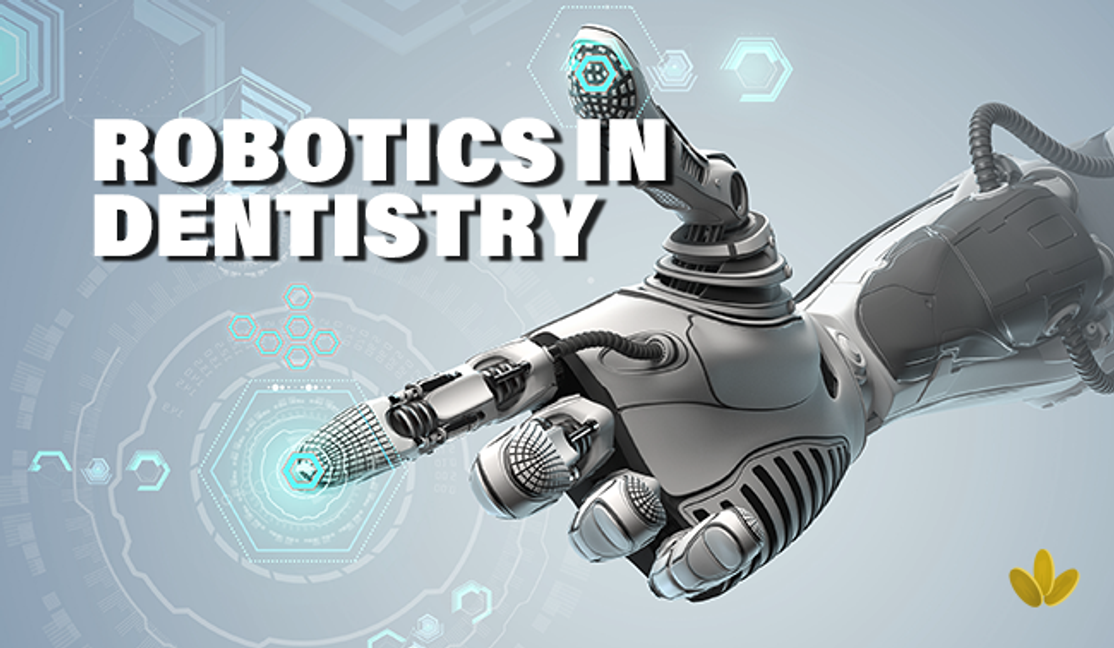What You Need to Know About Robotics in Dentistry.
Posted by Oscar on 15th May 2023
Robotics is an emerging field that is revolutionizing various industries. One such area is dentistry. Robotics has the potential to transform the way dental procedures are performed, making them more efficient, accurate, and patient-friendly. In this blog post, we will discuss the latest advancements in dental robotics and what you need to know about them.
What is Dental Robotics?
Dental robotics involves the use of robots to perform various dental procedures. The technology has been in development for several years and is now starting to gain widespread acceptance. Robotics can be used in different areas of dentistry, including orthodontics, implantology, and oral surgery. Dental robots are designed to perform tasks such as drilling, milling, and filling with a high degree of accuracy and precision.
Advantages of Dental Robotics
Dental robotics has several advantages over traditional methods. One significant advantage is the level of precision that can be achieved with robotics. Robots are capable of performing dental procedures with sub-millimeter accuracy, which is not possible with traditional techniques. This precision can lead to better outcomes and faster healing times for patients.
Another advantage of dental robotics is that it reduces the risk of human error. Dental procedures require a high level of skill and concentration, and even the most experienced dental professionals can make mistakes. Robotics eliminates this risk, ensuring that procedures are performed accurately every time.
Automatic tooth-crown-preparation robots, tooth-arrangement robots, drilling robots, and orthodontic archwire-bending robots that meet clinical requirements are been developed.
Dental robotics also has the potential to reduce treatment times. Robots can work faster than humans, and they do not tire or need breaks. This means that procedures can be completed more quickly, allowing dental professionals to see more patients.
With the advancement of science and technology, the applications of robots in dental medicine has promoted the development of intelligent, precise, and minimally invasive dental treatments. (Dentistry Journal, 2023)
Latest Advancements in Dental Robotics
There have been several recent advancements in dental robotics. One of the most exciting developments is the use of robotics in orthodontics. Robots can be used to perform tooth movements with high precision, eliminating the need for traditional braces. This approach is less invasive, more comfortable, and can lead to faster treatment times.
Another significant development is the use of robotics in implantology. Robots can be used to place dental implants with greater accuracy and precision than traditional methods. This can lead to better outcomes, faster healing times, and reduced risk of complications.
Robotic systems have also been developed to assist in oral surgery. These systems use advanced imaging technology to provide real-time feedback to dental professionals, helping them to perform procedures with greater accuracy and precision.
A recent article on the website of the Academy of General Dentistry highlighted the latest advancements in dental robotics, including the use of robots to place dental implants with greater accuracy and precision, as well as the use of robotic systems in oral surgery to provide real-time feedback to dental professionals (AGD, 2023).
Researchers believe that in the near future, robots will change the existing dental treatment model and guide new directions for further development.(Dentistry Journal, 2023)
Dental robotics is an exciting field that has the potential to revolutionize dentistry. The technology offers several advantages over traditional methods, including greater precision, reduced risk of human error, and faster treatment times. Recent advancements in dental robotics have shown promise in areas such as orthodontics, implantology, and oral surgery. As technology continues to evolve, it is likely that robotics will become an increasingly common part of dental practice.

